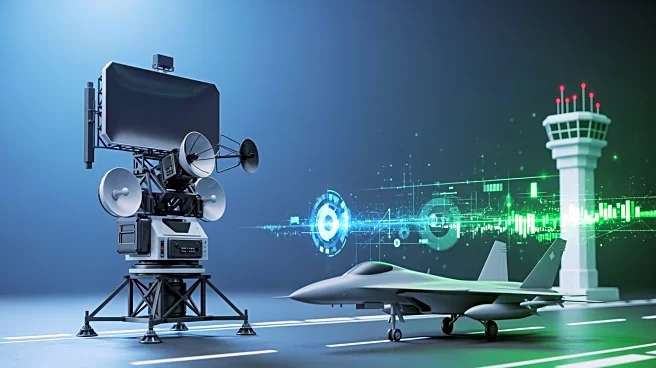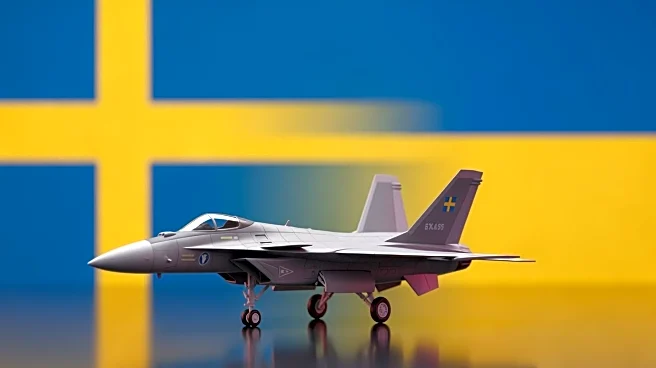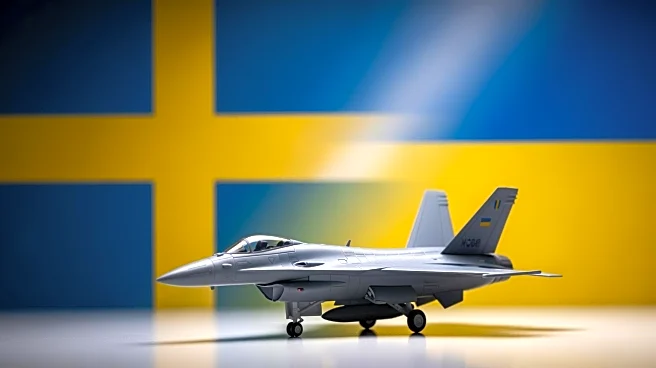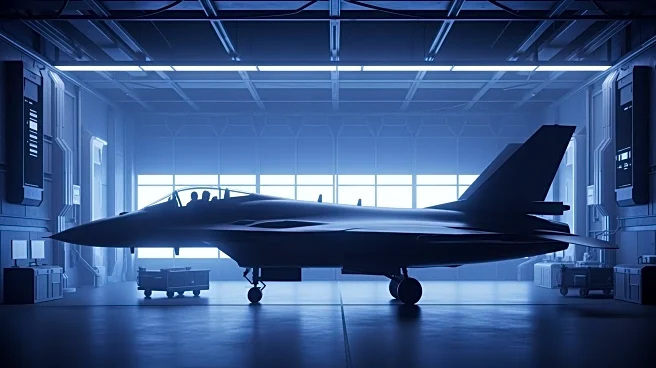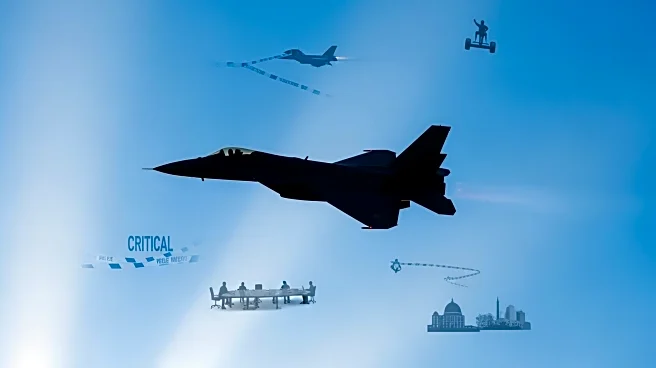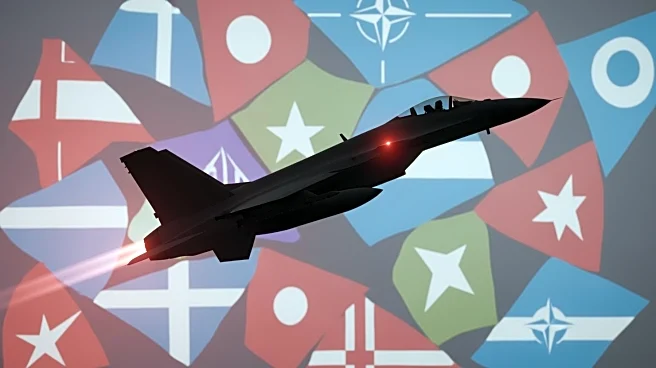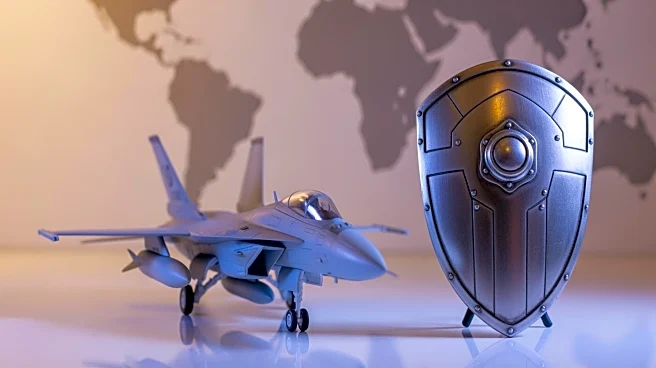What's Happening?
The Rand Corporation has released a report highlighting significant interoperability challenges faced by the United States and European nations in servicing fighter jets like the F-35 and F-16. Despite the commonality of aircraft models, differences in variants,
support equipment, and procedures create barriers to effective cross-servicing. The report notes that nearly 600 F-16s in Europe are spread across various blocks with differing engine types and control systems, complicating maintenance efforts. Additionally, the U.S. Air Force's Agile Employment Concept (ACE) aims to enhance operational flexibility by allowing fighter squadrons to operate from dispersed airbases, but this requires seamless servicing capabilities across partner nations. The study, commissioned by the Air Force in 2024, suggests that security concerns and inconsistent policies among U.S. fighter wings further limit interoperability.
Why It's Important?
The interoperability issues identified by Rand have significant implications for military efficiency and readiness. Enhanced cross-servicing capabilities would allow U.S. and NATO air forces to operate more agilely and confidently in crisis situations, reducing the logistical burden of transporting dedicated U.S. maintenance teams. This could lead to cost savings and increased operational effectiveness, as European airpower would become more resilient and capable of rapid deployment. The report suggests that solving these challenges could mitigate the fragility of European fleets and bases, which currently bear high costs to sustain limited capabilities.
What's Next?
Rand recommends the establishment of dedicated units within the U.S. Air Force to oversee interoperability with allies. These units would focus on enhancing communication and coordination among key stakeholders, including USAFE wings and headquarters. The report emphasizes the need for regular interaction and access to relevant data and decision-makers to effectively address interoperability challenges. Implementing these recommendations could lead to significant improvements in the agility and integration of allied air forces.
Beyond the Headlines
The interoperability challenges also raise broader questions about the strategic alignment and cooperation among NATO allies. Addressing these issues could strengthen military alliances and enhance collective security, particularly in the face of evolving global threats. The report underscores the importance of shared data and procedures, which could foster greater trust and collaboration among partner nations.
